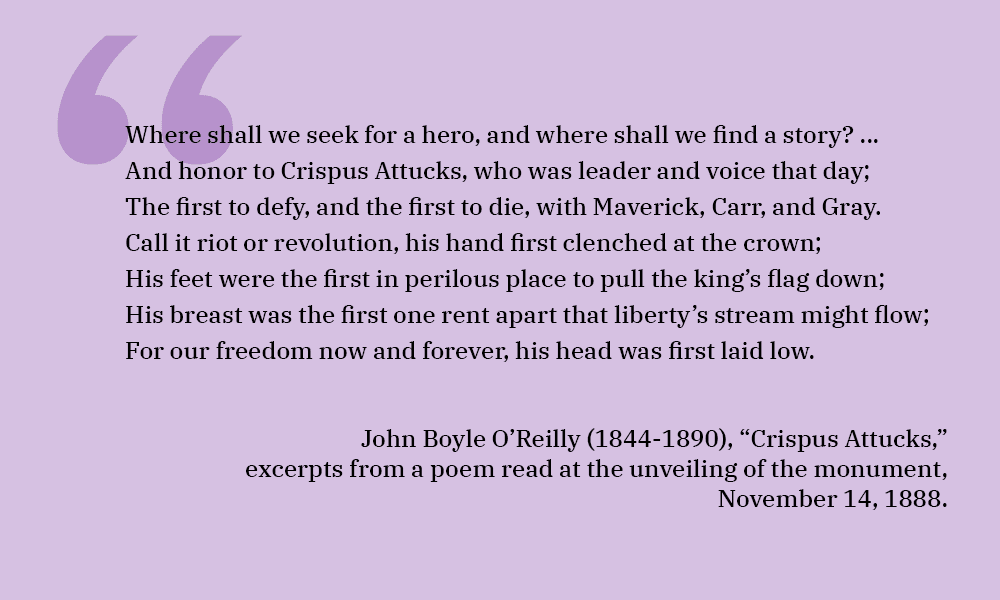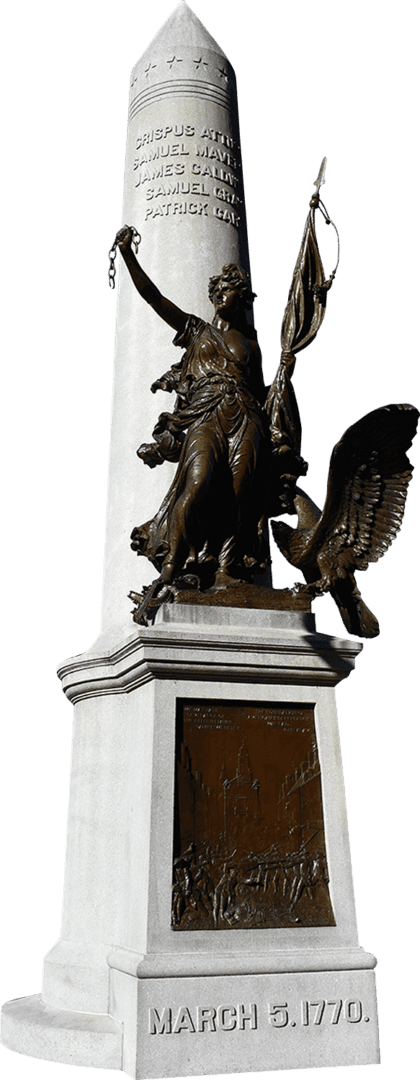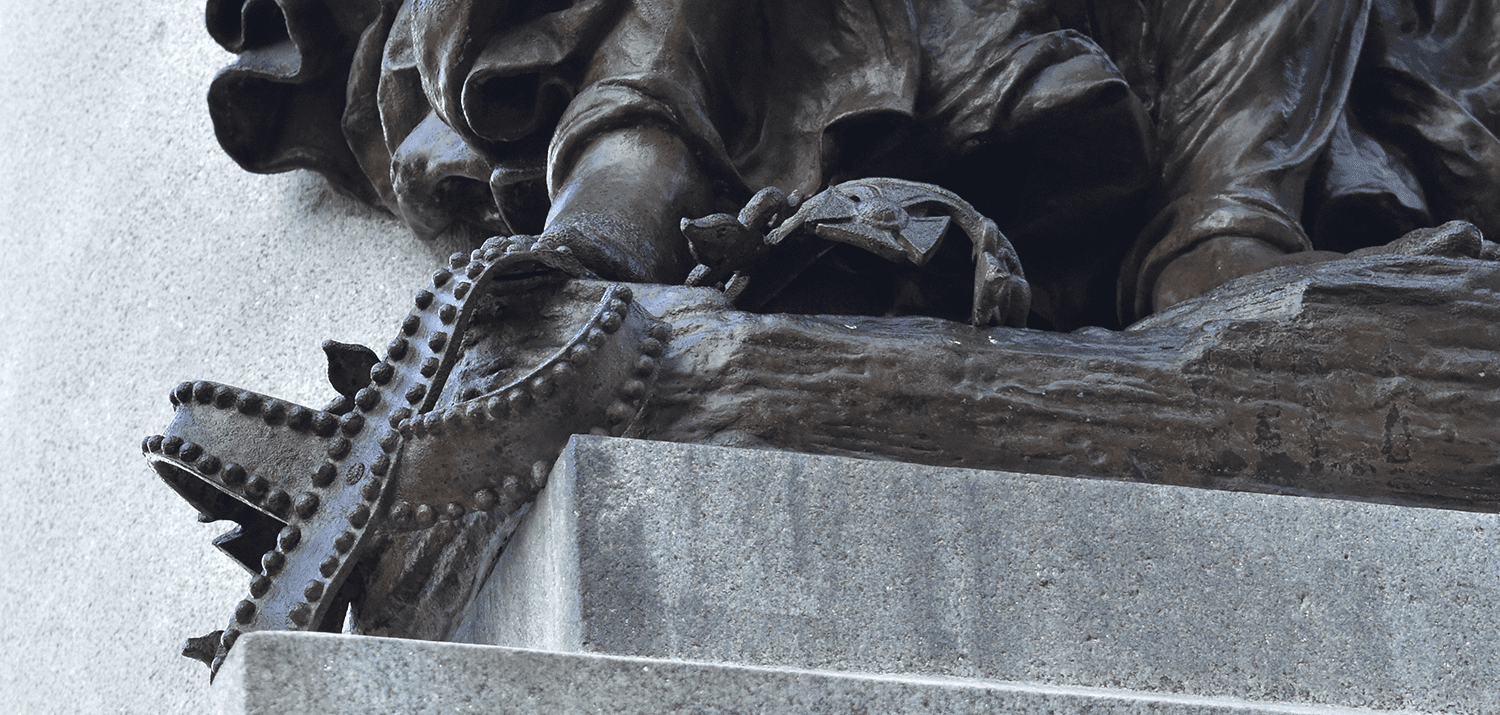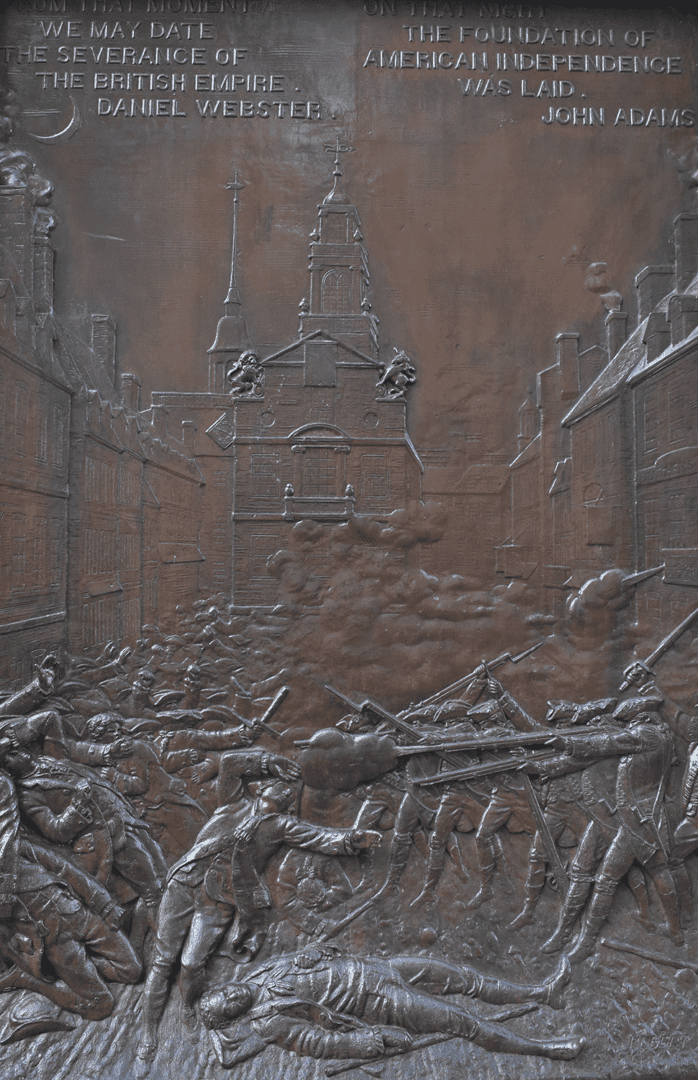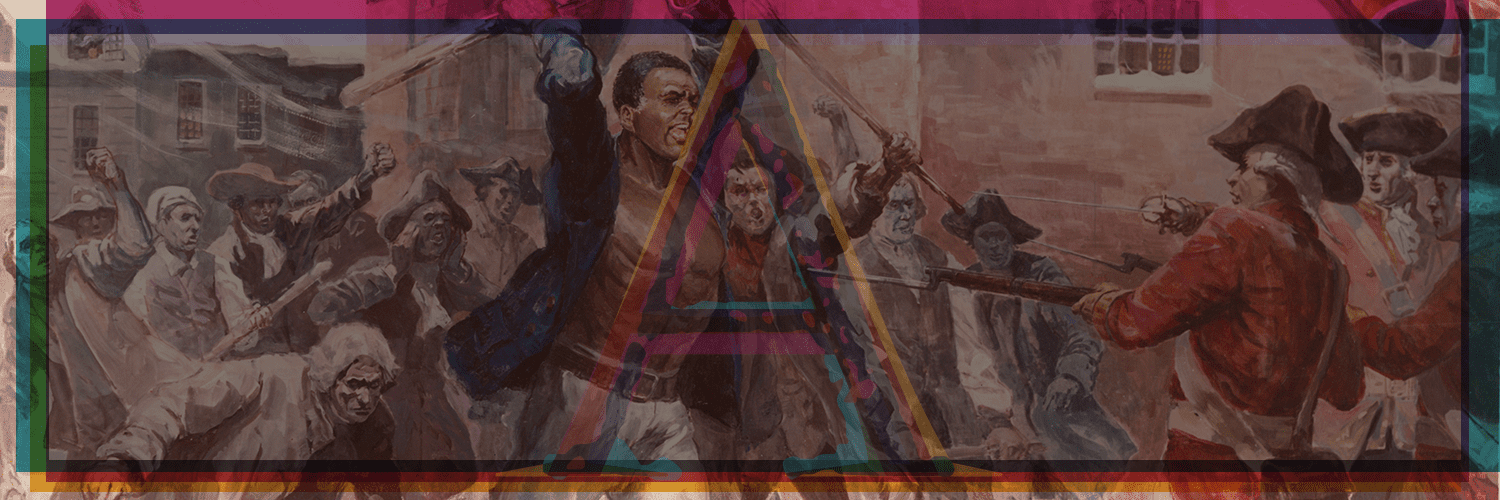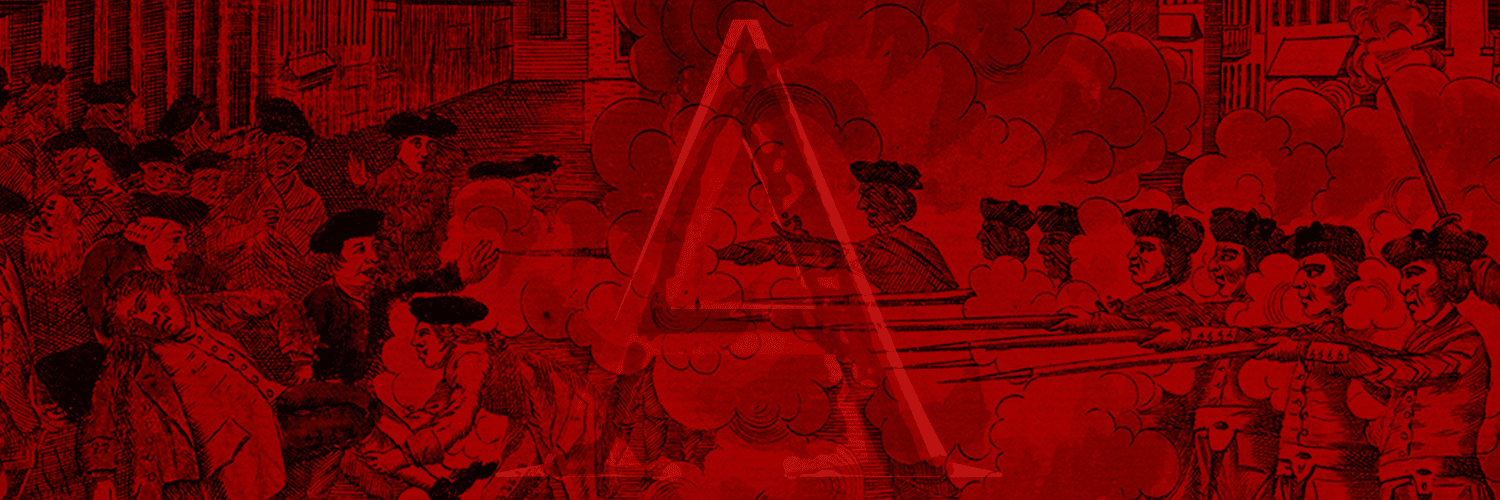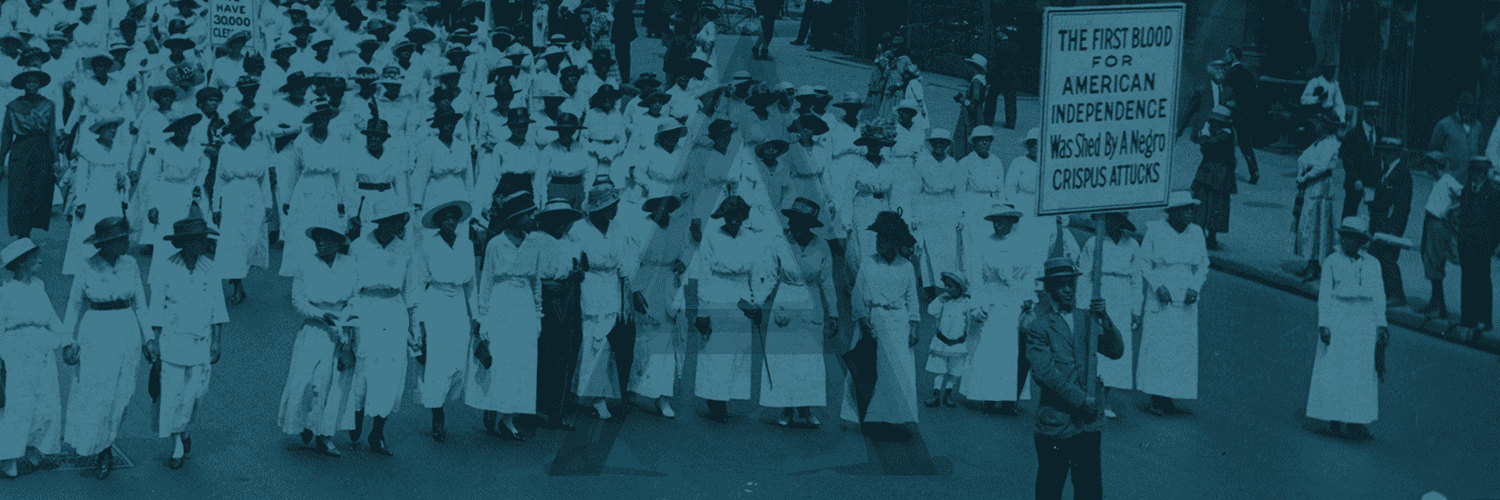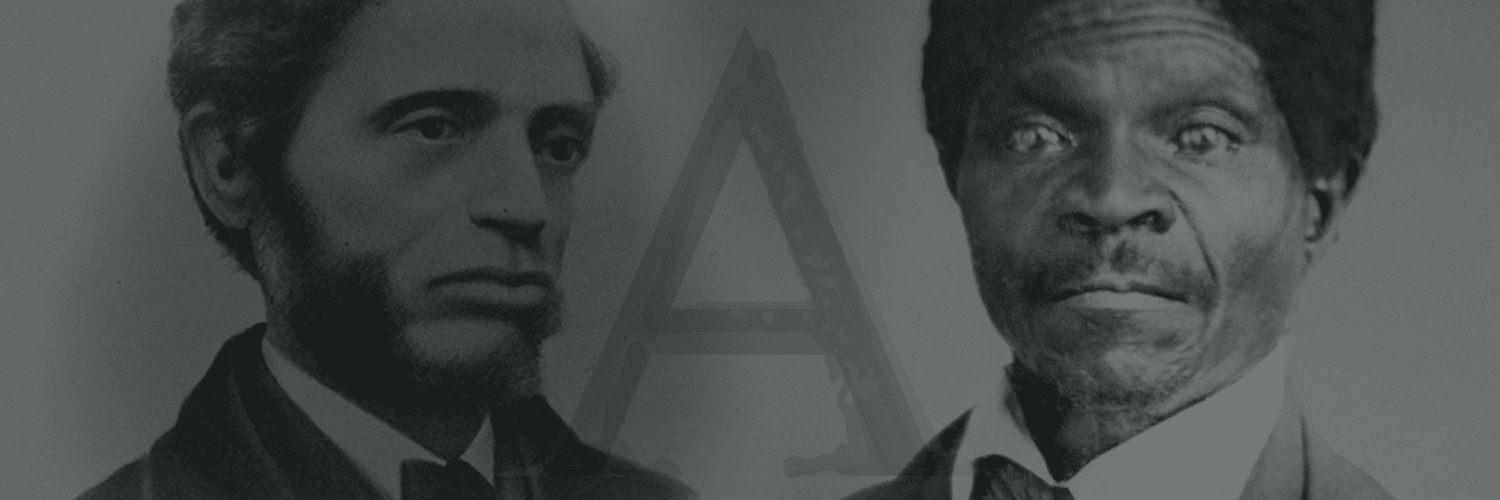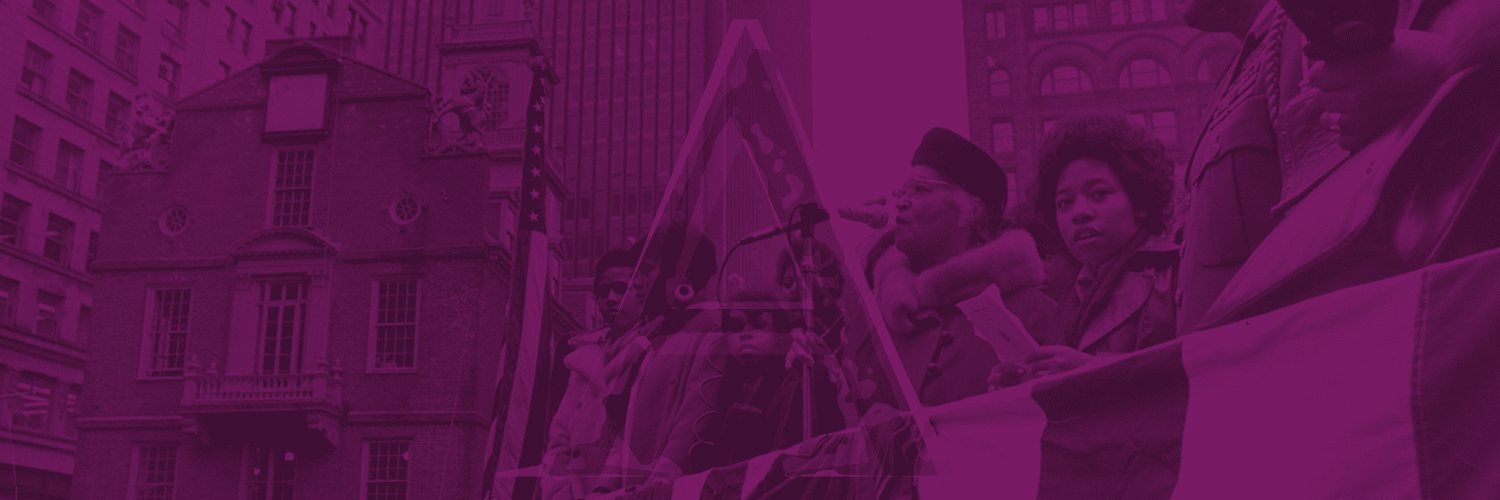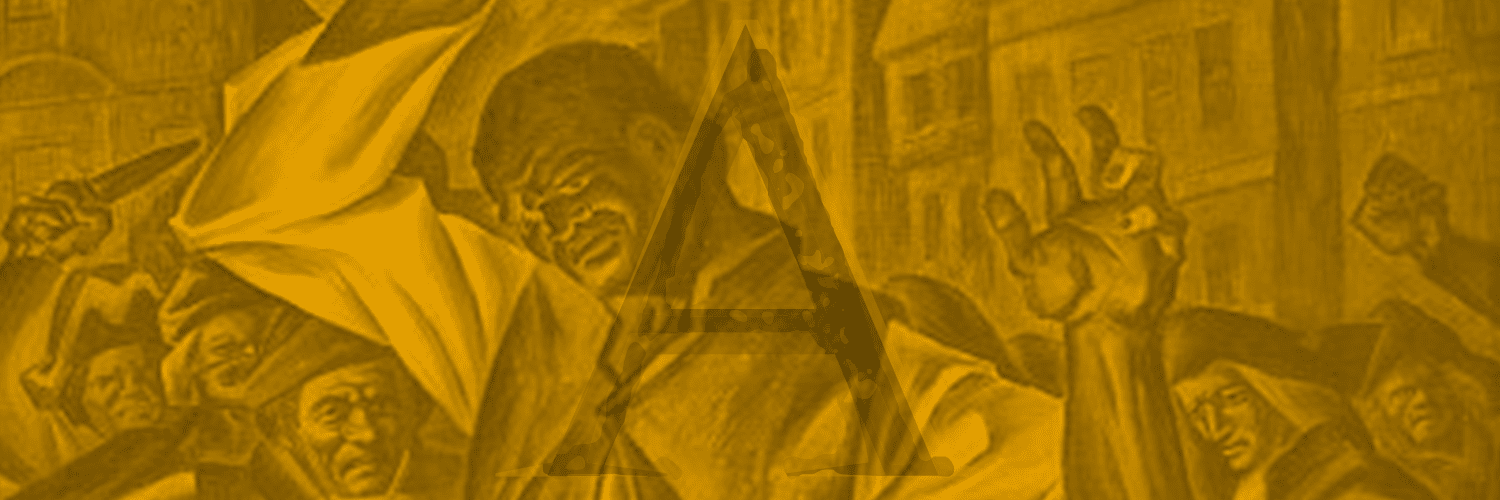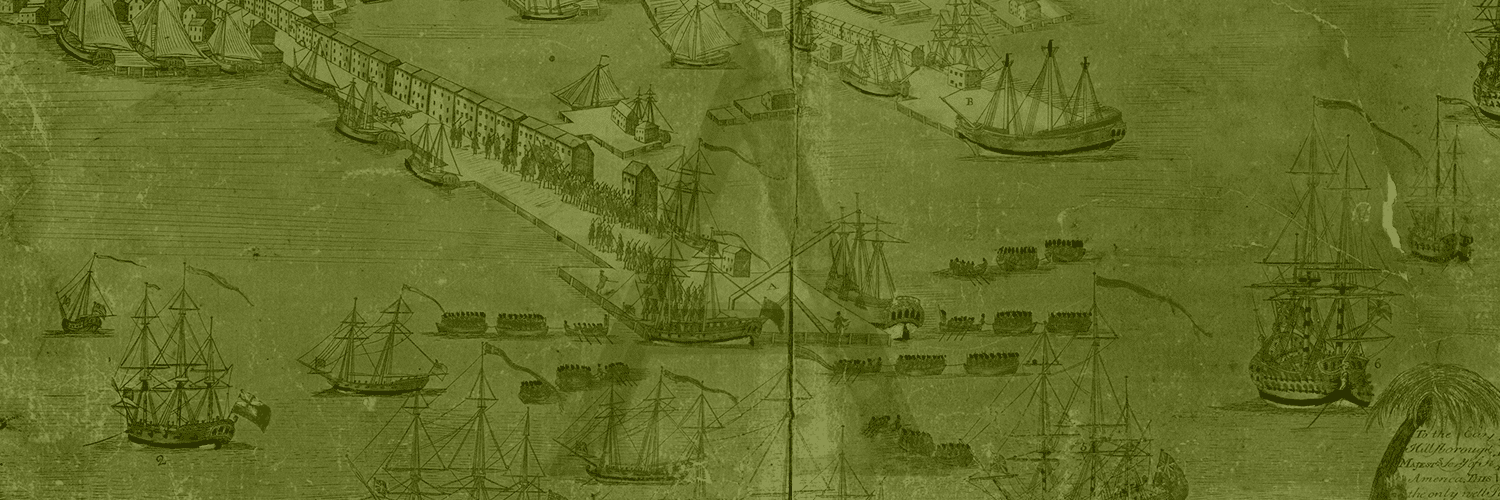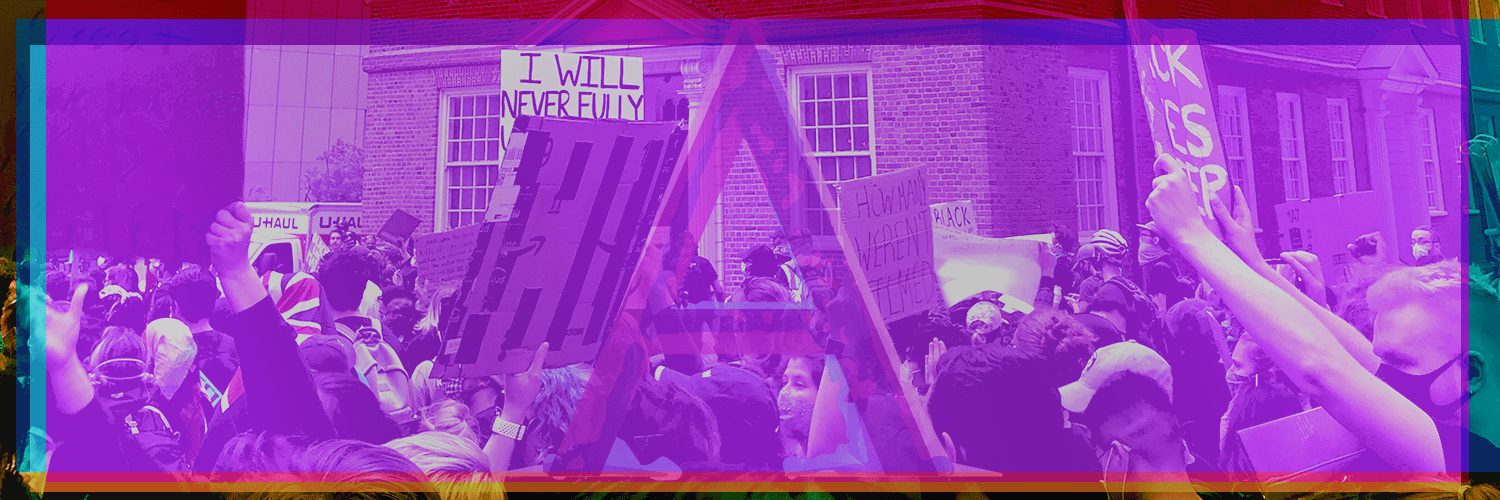Fighting For A Place In The City
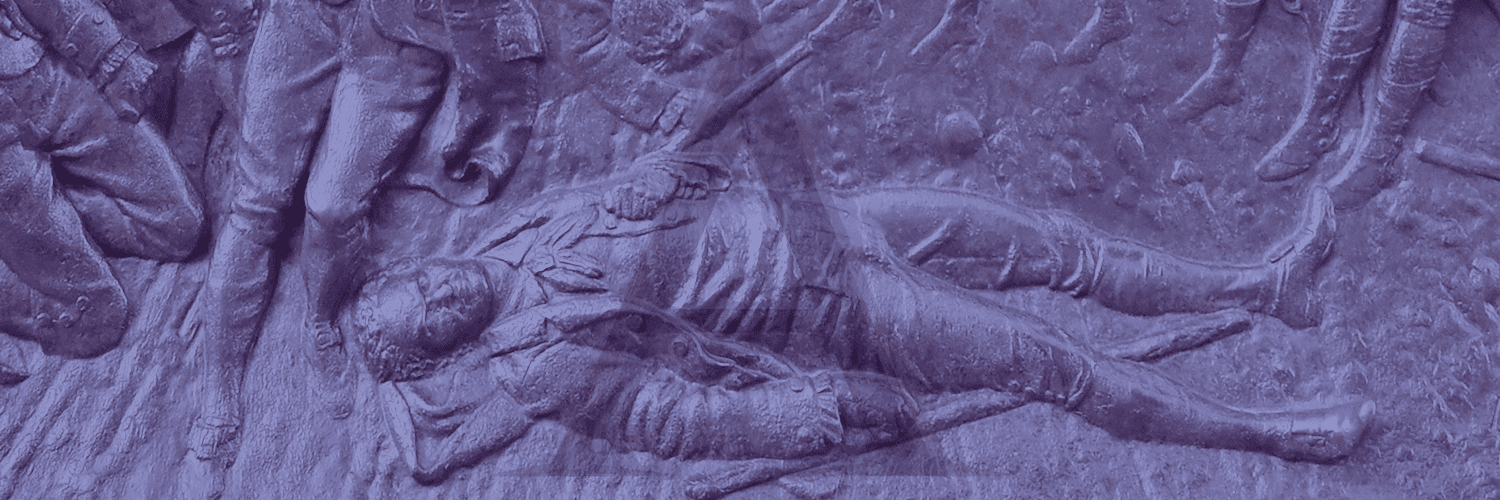
After the Civil War, over four million African Americans were freed from slavery. During the Reconstruction era that followed, blacks went to school, voted, and served in elected office for the first time in American history. Yet organizations like the Ku Klux Klan terrorized black communities and those who supported them. Before his death in 1874, William Cooper Nell (1816-1874) worked to create a monument that permanently secured a place for the memory of Crispus Attucks on the Boston landscape. Before the memorial was erected, however, Bostonians debated Attucks’s legacy.
Reconstruction
After the Civil War, the central challenge facing Americans was how to reconstruct the Union. New amendments to the Constitution ended slavery and expanded voting and citizenship rights for African Americans.
Despite these gains, freed men and women as well as former slaveholders fought over the meaning of freedom and citizenship. Massachusetts provided a model for the country due in part to abolitionists like William Cooper Nell. His ally, Senator Charles Sumner (1811-1874), drafted the first federal Civil Rights Act. This act, which passed in 1875 after Sumner’s death, was based on an 1865 Massachusetts state law that prohibited segregation in public spaces.
The gains made during Reconstruction were short-lived. In 1877, the federal government withdrew federal troops from the South, and states stopped enforcing the Reconstruction Amendments. In 1883, the Civil Rights Act was overturned, and Southern states passed segregation laws. The fall of Reconstruction left black Bostonians to fight for stronger Massachusetts laws against segregation and discrimination.
Creation of the Monument
As Reconstruction collapsed across the South, black Bostonians like Lewis Hayden (1811-1889) continued Nell’s fight for a monument dedicated to Crispus Attucks. The effort was opposed by groups like the Massachusetts Historical Society, which called Attucks and the other victims “hoodlums, rioters and ruffians.”
The monument was unveiled on the Boston Common in 1888 after blacks built a broad coalition of supporters, including Irish Americans like poet and editor John Boyle O’Reilly (1844-1890) and Boston Mayor Hugh O’Brien (1827-1895). In the end, organizers positioned the monument as honoring all the victims of the Massacre, not just Attucks. As African Americans and Irish Catholic immigrants struggled to find their place in city politics during the 1890s, they found inspiration in the heroism of Attucks and his fellow Massacre victims, including Irishman Patrick Carr.
BOSTON MASSACRE MONUMENT, BOSTON COMMON
Robert Krause (1850-1901)
1888
Bronze
Photographs courtesy of Katherine Livingston
Click images to view larger
Erected in 1888, the Boston Massacre monument connects the ideals of the Revolution to the abolition of slavery in 1865. The base of the monument shows Crispus Attucks as the central figure in the Massacre. At the top sits the Spirit of the Revolution, an allegorical figure. She holds the broken chains of slavery in her right hand and a flag in her left hand. The British crown is crushed beneath her right foot.


